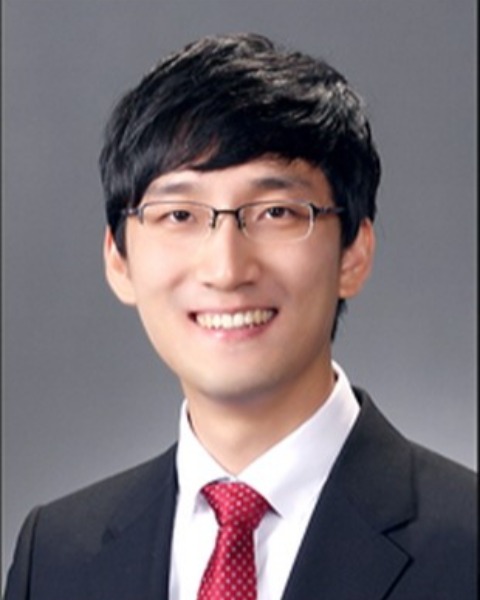Breast
E64: Comparison of characteristics between asymptomatic/screen-detected breast cancer versus symptomatic breast cancer

Young-jin Lee, MD (he/him/his)
Clinical Associate Professor
Department of Surgery, Asan Medical Center, University of Ulsan College of Medicine
Seoul, Republic of Korea
Young-jin Lee, MD (he/him/his)
Clinical Associate Professor
Department of Surgery, Asan Medical Center, University of Ulsan College of Medicine
Seoul, Republic of Korea
Young-jin Lee, MD (he/him/his)
Clinical Associate Professor
Department of Surgery, Asan Medical Center, University of Ulsan College of Medicine
Seoul, Republic of Korea- JK
Jisun Kim, M.D., Ph.D.
Professor
Asan medical center(Seoul, South Korea), United States - TY
Tae-Kyung Yoo, M.D., Ph.D.
Professor
Asan medical center(Seoul, South Korea), United States - SL
Sae Byul Lee, M.D., Ph.D.
Professor
Asan medical center(Seoul, South Korea), United States - IC
Il Yong Chung, M.D.
Professor
Asan medical center(Seoul, South Korea), United States - BK
Beom Seok Ko, M.D., Ph.D.
Professor
Asan medical center(Seoul, South Korea), United States - HK
Hee Jeong Kim, M.D., Ph.D.
Professor
Asan medical center(Seoul, South Korea), United States - JL
Jong Won Lee, M.D., Ph.D.
Professor
Asan medical center(Seoul, South Korea), United States - BS
Byung Ho Son, M.D., Ph.D.
Professor
Asan medical center(Seoul, South Korea), United States
ePoster Abstract Author(s)
Submitter(s)
Author(s)
Methods:
We retrospectively reviewed data of patients diagnosed between January 1, 1990 and December 31, 2021 from a single institute. We compared the clinic-pathological features of tumors and assessed yearly trends regarding the proportion of screen-detected cases during the study period. Also assessed the whether screen-detected versus symptomatic breast cancers differed in outcome.
Results:
We found that 36.1 % (15010/41585) of cancers were detected by screening. Asymptomatic tumors detected by screening were more likely to have favorable prognostic features than symptomatic tumors (Tis/T1 84.7% vs 58.1%; p< 0.001, node negative: 82.8% vs 64.2%; p< 0.001, hormone receptor-positive 70.3% vs 56.8%; p< 0.001, HER2 negative 68.5% vs 61.9%; p< 0.001 respectively). Patients initially presented with symptom were more likely to undergo neoadjuvant chemotherapy (18.7% vs 5.6%) All these findings were statistically significant (p< 0.001). Proportion of symptomatic BC diagnosis different throughout different age groups. While youngest (< 40yr) age group patients had greater proportion of symptomatic BC diagnosis (19.9% and 7.7%; p< 0.001). The proportion of BC detected by screening significantly increased throughout the time-period (~2000, 2001-2005, 2006-2010, 2011-2015, 2016-2021 with 2.8%, 6.0%, 18.2%, 28.4%, 44.5%). The most common symptom that led to the diagnosis of BC was palpable breast lump, accounting for 87.6%, followed by breast pain, and nipple discharge. The presence or absence of symptoms at the time of diagnosis acts as an independent risk factor for recurrence-free survival only in HR+ / HER2- subtype (HR 0.82, 95% CI 0.75–0.90).
Conclusions:
This study demonstrated the rate of screen-detected BC in Korea increased substantially since 1990s. Screen-detected tumors displayed low-risk phenotypes compared to symptomatic BC. The differences in biological characteristics between screen-detected and symptomatic BC may account in part for the limited efficacy of BC screening programs aimed at improving breast cancer mortality. Also, we need better strategies for BC diagnosis for younger age group.
Learning Objectives:
- Upon completion, participant will be able to list the difference between symptomatic and asymptomatic breast cancer.
- Upon completion, participant will be able to list early symptoms of breast cancer.
- Upon completion, participant will be able to demonstrate changes in the rate of breast cancer screening over time.
